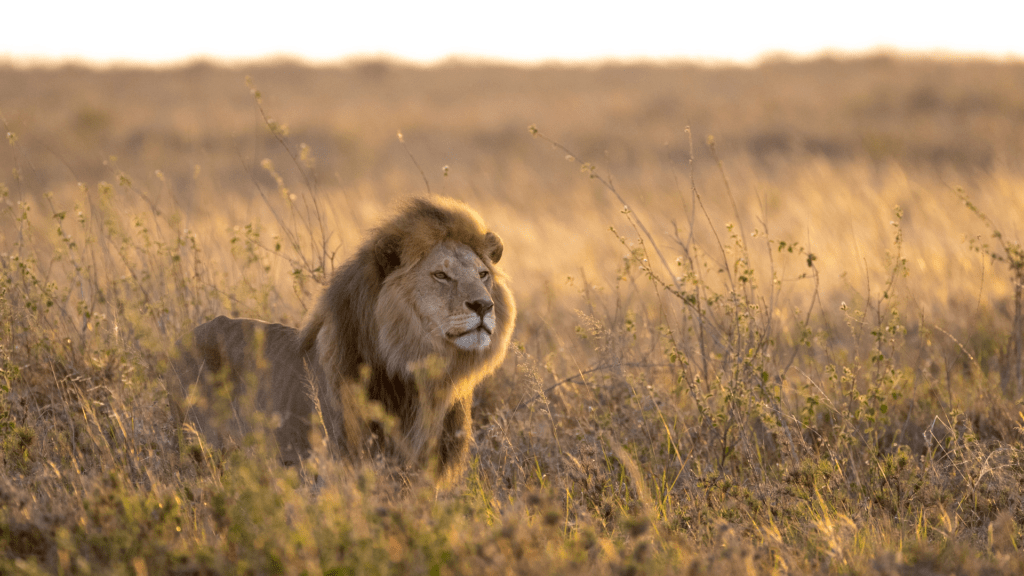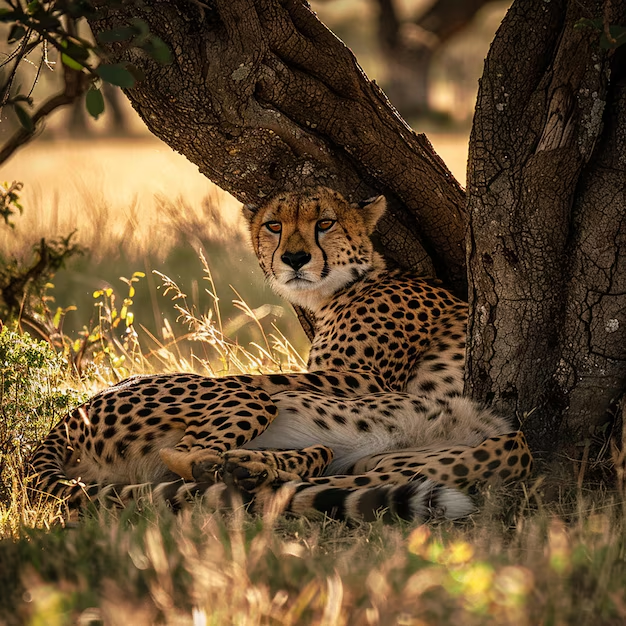Embarking on an African safari is not only a thrilling adventure but also an educational journey into the intricate lives of some of the planet’s most remarkable creatures. Understanding the science behind animal behaviors enhances your safari experience, allowing you to appreciate the complexity and beauty of wildlife interactions in their natural habitats. Join Future African Safari as we delve into the fascinating behaviors you’ll witness on safari and the scientific principles that drive them.


Understanding Animal Behaviors: An Introduction
Animal behavior, or ethology, is the study of how animals interact with each other and their environments. These behaviors are shaped by a combination of genetics, environmental factors, and evolutionary history. On an African safari, observing these behaviors provides insights into the survival strategies and social structures that have evolved over millennia.
- Innate vs. Learned Behaviors: Some behaviors are instinctual, driven by genetic programming, while others are acquired through learning and experience.
- Adaptive Significance: Behaviors that enhance an animal’s ability to survive and reproduce are more likely to be passed down through generations.
- Social Structures: Many African animals live in complex social groups, where interactions and hierarchies play crucial roles in their daily lives.
Top Fascinating Animal Behaviors on Safari
Here are some of the most captivating behaviors you can expect to observe, along with the scientific explanations behind them:
1. The Great Migration: A Marvel of Coordination and Survival
Behavior Observed: Millions of wildebeest, zebras, and gazelles migrate across the Serengeti and Maasai Mara in search of fresh grazing and water.
Scientific Explanation:
- Resource Optimization: The migration is a response to seasonal changes in grass availability and water sources. By moving en masse, animals minimize the risk of predation and maximize access to vital resources.
- Genetic Benefits: Migratory patterns enhance gene flow between populations, reducing inbreeding and increasing genetic diversity.
- Predator Avoidance: The sheer number of migrating animals overwhelms predators, ensuring that enough individuals survive to maintain the population.
2. Elephant Matriarch Leadership: The Pillars of Herd Stability
Behavior Observed: Elephant herds are led by matriarchs—older, experienced females who guide the group.
Scientific Explanation:
- Knowledge Transmission: Matriarchs possess extensive knowledge of migration routes, water sources, and seasonal food availability, which they pass down to younger members.
- Social Bonds: Strong social structures within elephant herds promote cooperation and collective decision-making, enhancing the group’s overall survival.
- Memory and Cognition: Elephants have remarkable memory and cognitive abilities, allowing matriarchs to recall critical information across decades.
3. Lion Pride Dynamics: Cooperation and Territoriality
Behavior Observed: Lions live in prides with complex social hierarchies and cooperative hunting strategies.
Scientific Explanation:
- Social Structure: Prides consist of related females, their offspring, and a coalition of males. This structure facilitates cooperative hunting and cub rearing.
- Territorial Defense: Male lions defend the pride’s territory from intruders, ensuring exclusive access to resources and mating opportunities.
- Cooperative Hunting: By working together, lions can take down larger prey than they could individually, increasing hunting success rates.
4. Giraffe Necking: Male Competition and Reproductive Success
Behavior Observed: Male giraffes engage in “necking,” where they use their necks and heads to spar for dominance and mating rights.
Scientific Explanation:
- Sexual Selection: Necking is a form of intrasexual competition where males demonstrate their strength and fitness to gain access to females.
- Energy Investment: The evolution of long necks in giraffes is partly driven by the need for males to compete effectively, ensuring that only the strongest pass on their genes.
- Social Hierarchy: Dominant males gain higher mating success, influencing the genetic makeup of future generations.
5. Meerkat Sentinel Duty: Vigilance and Group Safety
Behavior Observed: In meerkat groups, one individual acts as a sentinel, keeping watch for predators while others forage or rest.
Scientific Explanation:
- Risk Management: Sentinel behavior reduces the overall risk of predation for the group by providing early warning of threats.
- Division of Labor: By sharing sentinel duties, meerkats ensure that no single individual bears the full brunt of exposure to predators, promoting group cohesion and survival.
- Communication: Meerkats use vocalizations to alert the group, enhancing coordinated responses to threats.
Enhancing Your Safari Experience with Scientific Insights
Understanding the science behind these behaviors not only enriches your appreciation of wildlife but also allows you to anticipate and interpret animal actions more accurately. Here’s how to make the most of your safari experience:
- Engage with Guides: Knowledgeable safari guides can provide real-time explanations and answer questions, deepening your understanding of observed behaviors.
- Observe Patterns: Pay attention to recurring behaviors and their contexts, which can offer clues about the underlying scientific principles.
- Respect Wildlife: Understanding animal behaviors fosters respect and ensures that your interactions are safe and non-intrusive.
Conservation Implications of Animal Behaviors
Recognizing the importance of animal behaviors has significant implications for conservation efforts:
- Habitat Protection: Ensuring that animals have access to their natural habitats supports the behaviors essential for their survival.
- Anti-Poaching Measures: Understanding predator-prey dynamics and social structures can inform effective anti-poaching strategies.
- Community Engagement: Educating local communities about animal behaviors fosters coexistence and supports conservation initiatives.
Plan Your Educational Safari with Future African Safari
At Future African Safari, we strive to offer more than just a wildlife viewing experience. Our safaris are designed to educate and inspire, providing you with the knowledge to understand and appreciate the intricate behaviors of African wildlife.
- Expert Guides: Our team of experienced guides are well-versed in ethology and can provide detailed explanations of animal behaviors during your safari.
- Interactive Sessions: Participate in interactive sessions and workshops that delve into the science of wildlife behaviors, enhancing your learning experience.
- Tailored Itineraries: Customize your safari to include specific parks and reserves where you can observe particular behaviors of interest.
Ready to uncover the science behind Africa’s majestic wildlife? Contact Future African Safari today to plan an educational and unforgettable safari experience. Discover the fascinating animal behaviors that make African wildlife so extraordinary, and gain a deeper appreciation for the natural world.
Explore more about our safari packages and discover the best of Africa with Future African Safari. Your unforgettable African adventure starts here!

